As I start writing this, I was suddenly deluged with the thought that telling someone about
The New Dead out loud could lead to them thinking I’d recently finished reading an anthology called “The Nude Ed”. That would be an entirely different kind of book, wouldn’t it?
Fortunately, the text-only medium of this blog ensures a minimum of homonymic awkwardness, potentially hilarious though it might be. No, I read a collection of zombie stories, not ruminations on some
au natural gentleman. So let’s talk about that.
As I briefly mentioned last week, The New Dead gathers together 19 different stories from 19 different authors, and while billed as a zombie anthology, editor Christopher Golden makes it clear in his foreword that not all of the tales will be in the “traditional” mold of what modern audiences have come to think of as zombie fiction. He seems to have set out to gather as many different perspectives as possible to illustrate the metaphorical role zombies fill, centering on questions of death and resurrection, and starts his introduction by contrasting the more obvious draw of vampires (eroticism and perfection in immortality) with their rather less sexy cousins. Golden surmises that the zombie is a by-product of an increasingly connected world which exposes us not only to wonders but horrors on a daily basis. Zombies, then, are means for us to confront and grapple with the images of death, torture, and disease that have always existed in the world, but that we no longer have the luxury of pretending don’t exist. I remember making a similar point several blogs ago: you can’t take a baseball bat to a virus, but you can take one to a zombie. Even if “they” win in the end, at least there was a rotting sea of troubles to take arms against.
But in any case, Golden warns you up front that while he’s gathered some tales with the usual trappings of apocalypse and the hungry dead, there is a more philosophical mission in mind that allows for some tales that get pretty far from that theme. There’s even one story which doesn’t have any supernatural element whatsoever, and by the time I’d read it I’d forgotten his warning of its existence and was surprised when it ended without so much as a twitch from the corpse. By the time you finish, you have, as promised, “…run the gamut from modern warfare to postapocalyptic futures, from love stories to heartbreaking voodoo horrors, from the Bible to Twitter.”
Is it all fantastic? All equally thought provoking? No, but that’s generally the case with any anthology. One of the stories is told entirely as a series of 140 character or less “tweets” from Twitter, which is a narrative experiment that some may love, some may hate, and some may just shrug at. Another contribution has an unending staccato rhythm to it, almost enough for me to imagine it being recited by some Beatnik in a smoky bar… it turned me off, but may turn others on. Conversely, the very first story in the collection is a retelling of the tale of Lazarus as a collection mimicking (I think) the short verses of the Bible, which had me completely fascinated but might leave others as cold as he was.
Regardless of any disagreements with styles and presentations, though, I’d venture to say there’s something here for everyone who’s a fan of the zombie genre, and even if you hate some of it, there’s going to be some of it you’ll enjoy, and maybe even one or two stories you’ll be blown away by. As you might expect I’m a big sucker for re-imaginings of the genre, or visions of how life might proceed in a world where the dead walk, and there was a good dose of that. I think my favorite story out of the bunch is one entitled “What Maisie Knew” by David Liss, which makes wonderful usage of first-person narrative. In fact, I don’t think that particular story would work at all if it wasn’t being told in first-person, which to me means the author really nailed it.
In The New Dead, there’s humor, and there’s horror, and there’s affirmations both of life and of death… but most importantly, I don’t think I could honestly assess any of the tales as mindless. An irony with zombies, I know, but then again not all the zombies in this collection are mindless. And while that might offend those for whom the Romero zombie is the be-all and end-all of what zombies are about, The New Dead’s broader definition and examination is a great way to tune in to all the possibilities of what death, and life-after-death, can mean to us as human beings, without all those pretty vampires getting in the way of the parable.
Oh great, now I’m back to the beginning of this blog and realizing “Nude Ed” could be a short form of “Nude Edward”. Say what you will about zombies, at least no one’s come along yet and decided it was a good idea to make them sparkle.
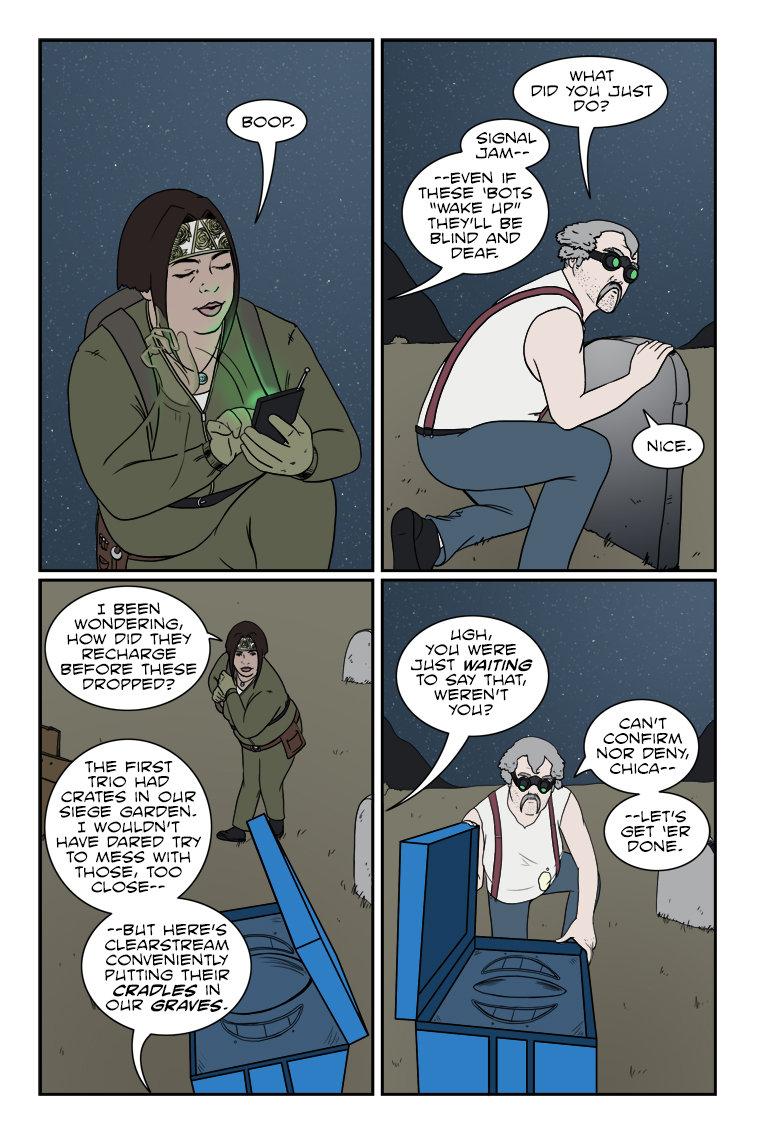
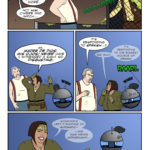
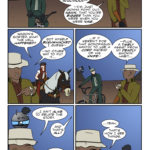
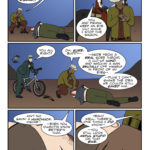
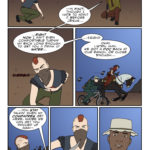
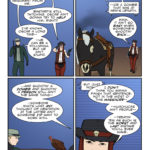
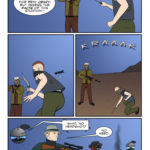
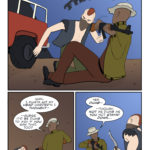
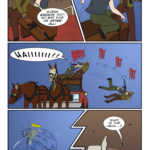
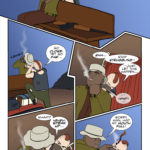
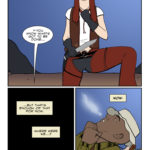
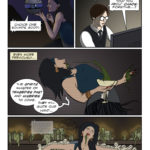


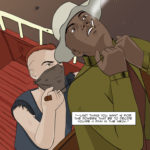
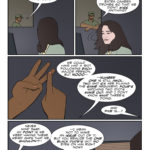
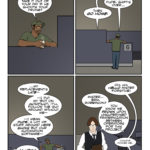
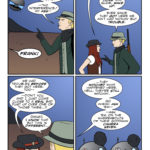
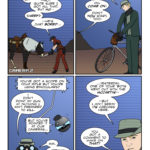
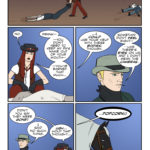
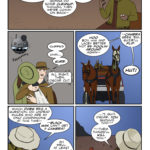








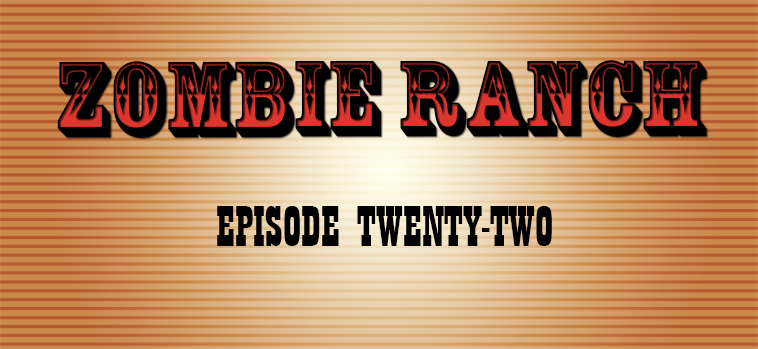
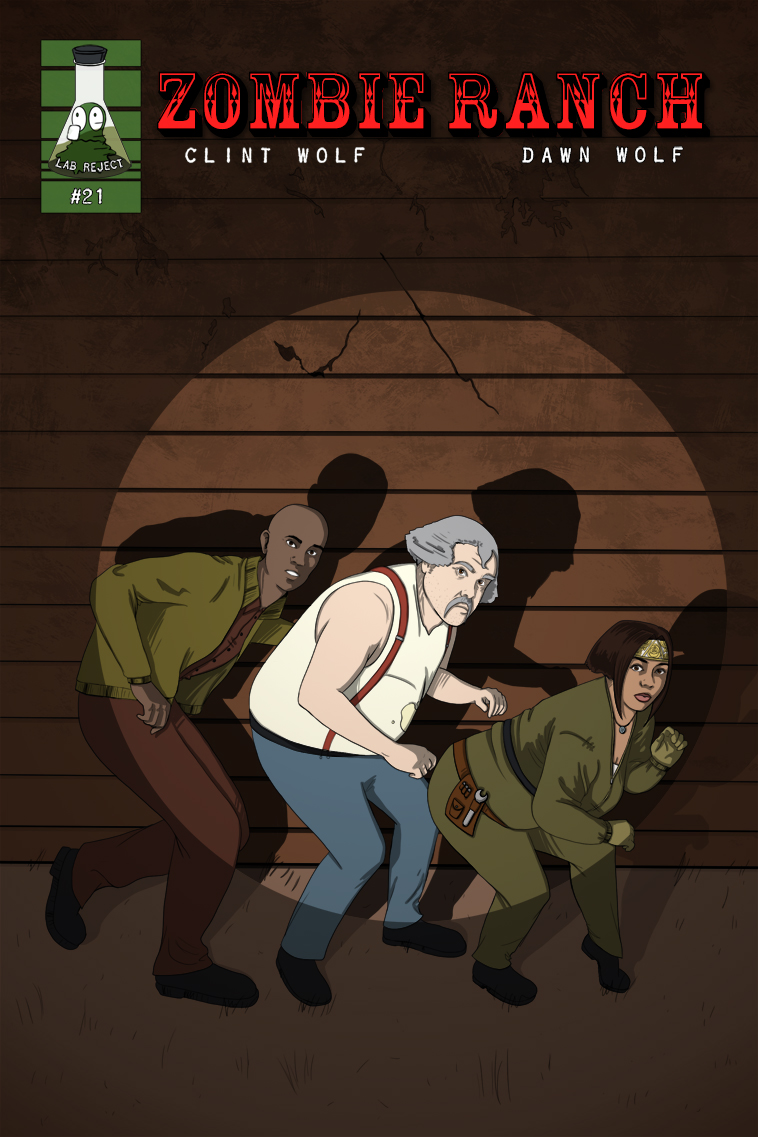
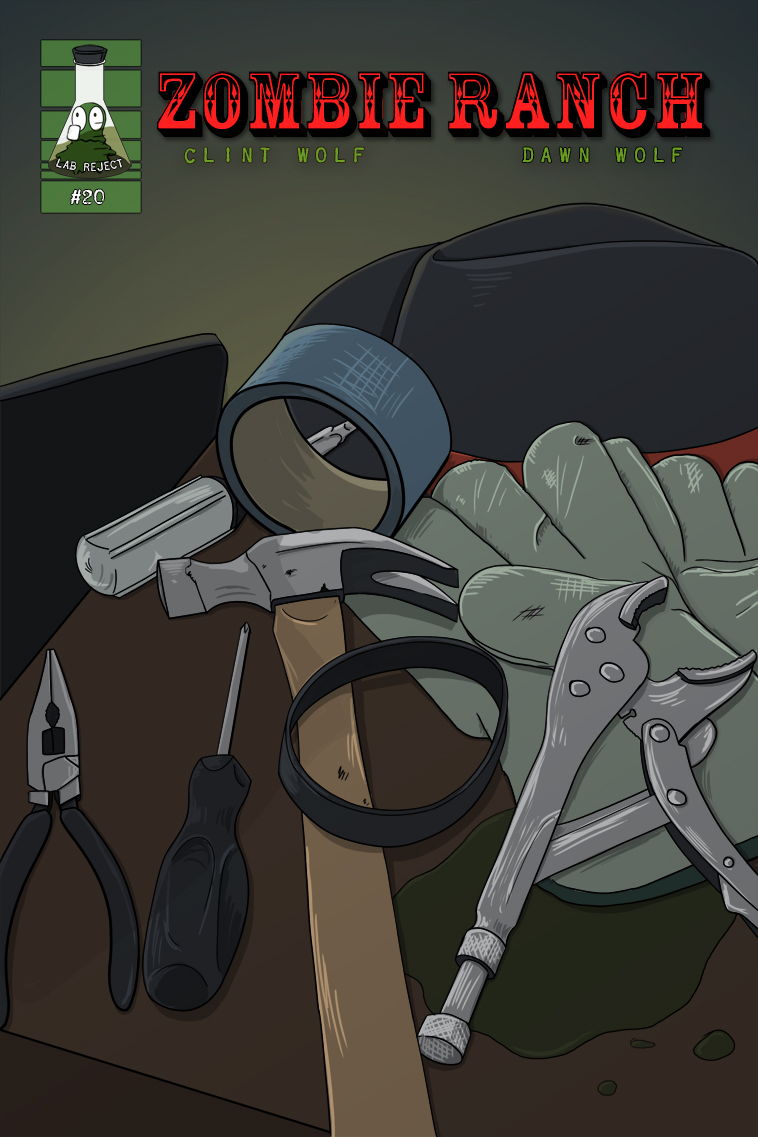
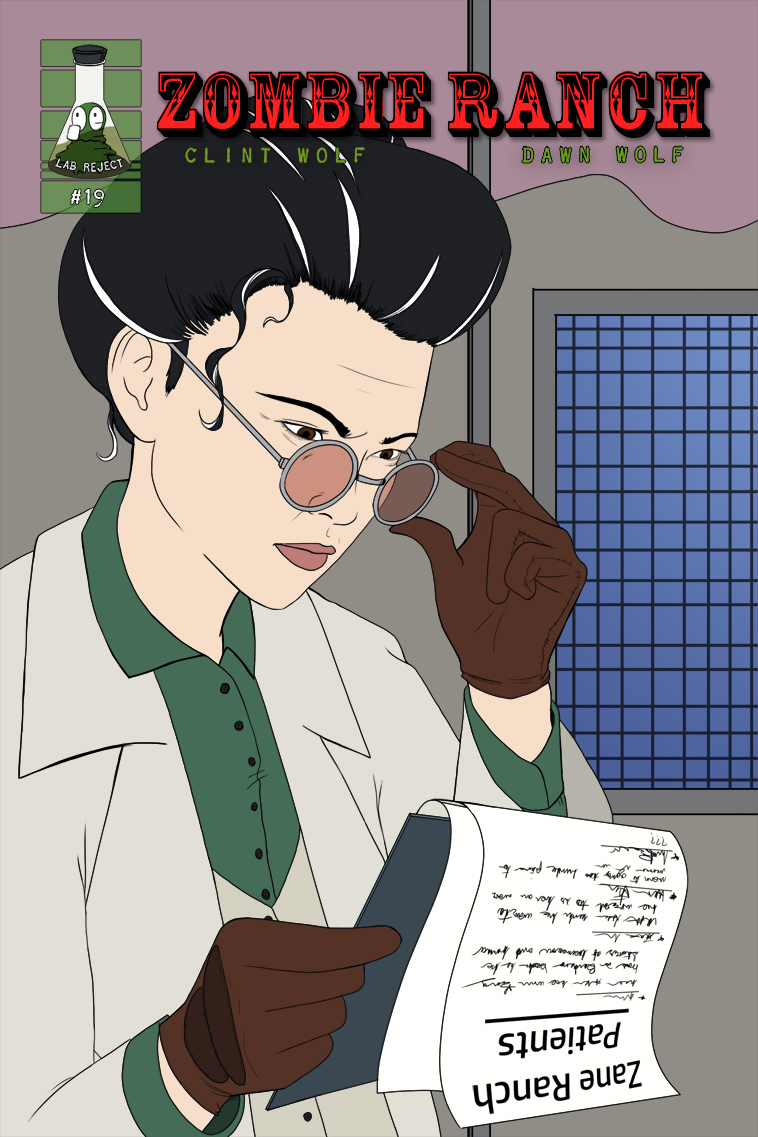
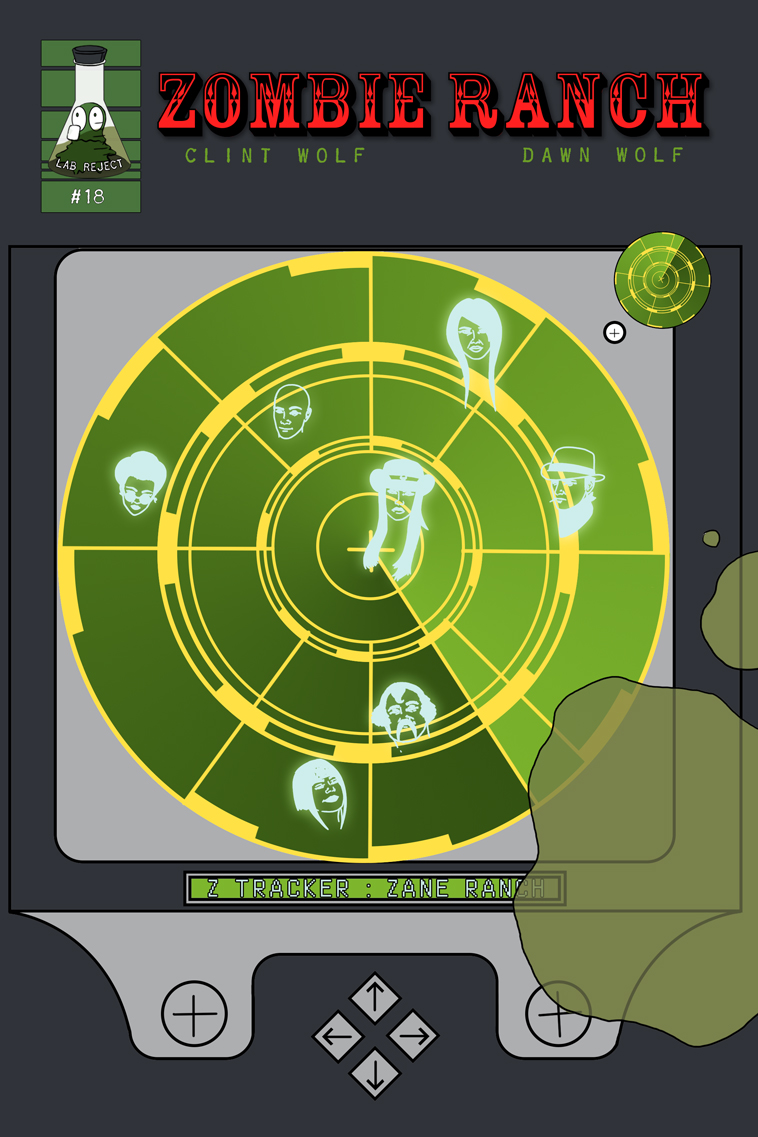
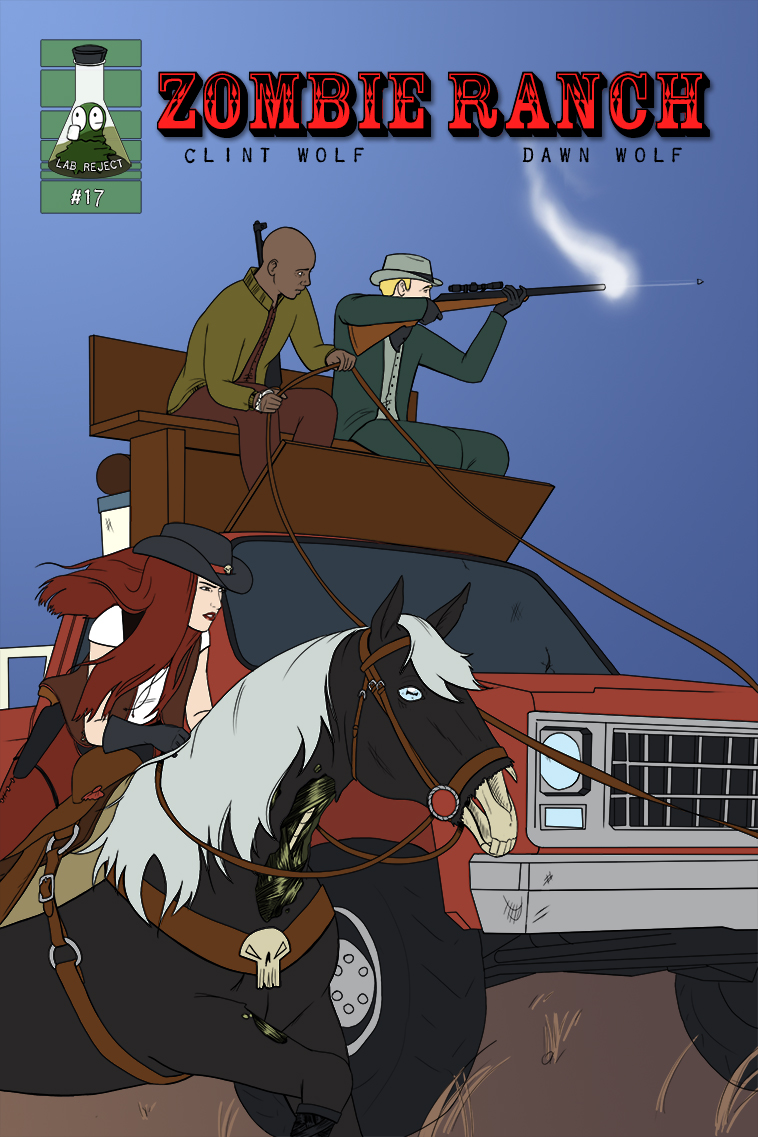
2 thoughts on “543 – Cradles And Graves”
Keith
Oh lordy, they really are a great couple…though, I suggest adopting.
Anonymous
Consequences be damned, because doing nothing might be worse.